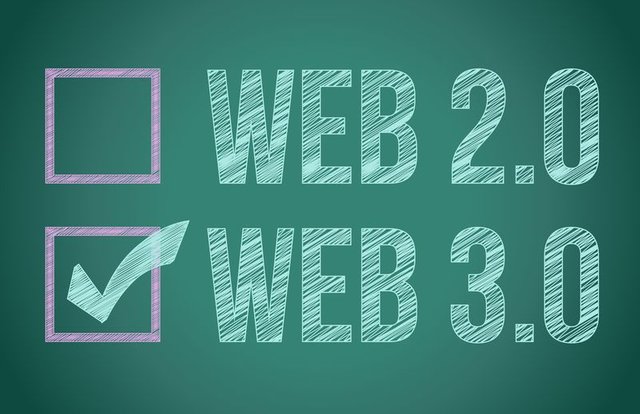The 10 characteristics that Web 3.0 will have

Technological advances are giving way to Web 3.0, a new way of using the Internet. Learn about the 10 key features of this new network.
The Internet has undergone major changes in its function and purpose since its inception. The first website was purely informative and did not allow interaction with users. The rise of social networks and the birth of pages like Amazon and Wikipedia marked the beginning of a new stage in the history of the Internet: the Web 2.0 era.
Currently, we are witnessing the birth of a new concept called Web 3.0 with the development of new technologies. This new version of the Internet is usually closely linked to the concept of 'Semantic Web', which seeks to introduce a set of languages and procedures that can interpret certain user characteristics to provide a more personalized interface.
There is no consensus on the definition of this new term and what it means to use the network, but there are certain characteristics that help shape this concept.
What does this new form of evolved network offer us?
Smart search:
Web 3.0 seeks to create a new web page classification system that is closely linked to the needs and characteristics of users. By connecting to the Internet in this way, users can enjoy a much more personalized platform.The evolution of social networks:
Social communities are growing online both in number and levels of complexity. The number of ways to connect to these networks is also increasing.Faster:
The new features of Web 3.0 require a much faster Internet. In response, the major operators have implemented broadband connections to ensure a more satisfying user experience for their users.Connect from more devices:
Web 3.0 improves the possibilities for users to connect not only through desktops and laptops, but also through mobile phones, tablets, watches, and many more devices.
Free content:
Free programs and "Creative Commons" licenses are much more common in Web 3.0.Three-dimensional space:
Users can access a new way of viewing the web through three-dimensional space. A clear example of this is Google Earth.Geospatial Web:
Users can access the information available on the web according to their geographical location.Ease of navigation:
In addition to creating spaces for users to modify and personalize, the new design trends seek to establish certain standardizations that facilitate the users' browsing experience.Cloud computing:
As new storage space for data and programs is created, the Web becomes an executable space like a general-purpose computer.Data connection:
More and more information services can aggregate data from other sources to incorporate the answers they provide to their users.